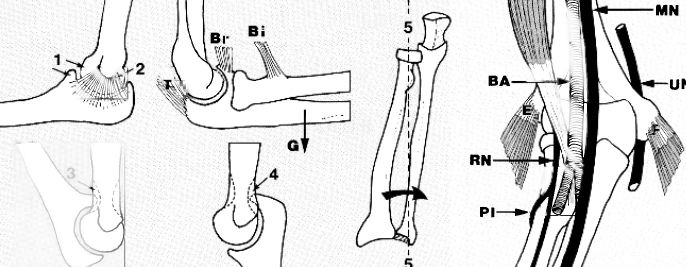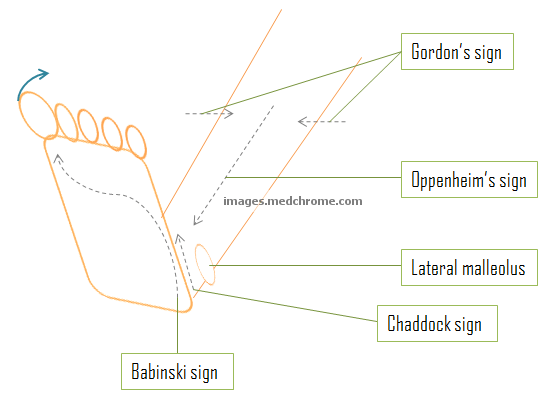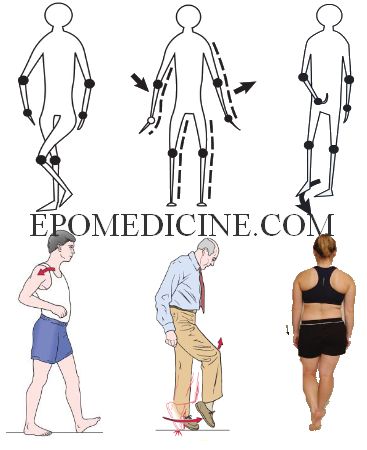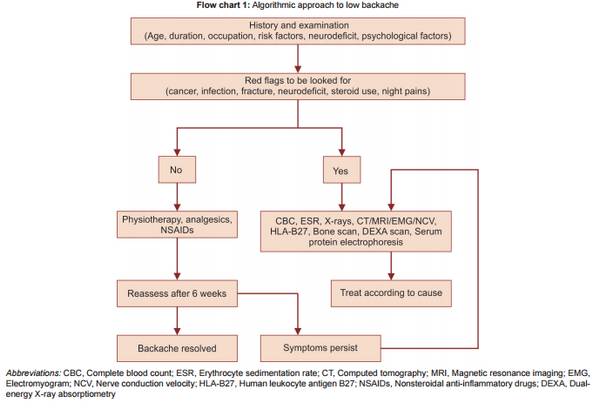Definition of Low Back Pain Low back pain (LBP) is defined as pain, muscle tension or stiffness localized below the costal margin and above the inferior gluteal folds, with or without leg pain (sciatica). “Diagnostic triage” after excluding non-spinal causes of low back pain classifies LBP into 3 broad categories:…
Tag: Orthopedics
Section Editor: Dr. Sulabh Kumar Shrestha, MBBS, PGY1 Orthopedics

Pediatric Lateral Condyle Humerus Fracture : Review
A) Epidemiology: B) Mechanism of Injury: C) Classifications: a. Milch: Fracture line based – b. Jakob and Weiss: Displacement and articular congruency based – Modified Weiss classification: No need for arthrogram1. Type I: <2 mm displacement2. Type II: 2-4 mm displacement 3. Type III: >4 mm displacement (displacement of >4…

Forearm muscles : Tricks to remember
Anterior Forearm (Compartment) Muscles Total muscles: 8 (4 superficial + 1 intermediate + 3 deep) Mnemonic: Do it yourself as shown in the figure below! Place your thenar/hypothenar eminence over medial epicondyle and fan out 5 fingers with thumb resting below the 4 fingers. The 4 fingers represent superficial flexors…

Pathological reflexes – Variations of Babinski
Normally, the pathological reflexes are not evident because they are suppressed by cerebrum at brainstem or spinal cord level by 6 months of age. Importance: Up-going (dorsiflexion) toe can be elicited at various sites and all indicated Upper Motor Neuron (UMN) lesion. Use a blunt-pointed object like fingernail or tip…

Summary of Clinical Tests and Signs in Orthopedics
Adson’s test: for thoracic outlet syndrome Allen’s test: for testing patency of radial and ulnar arteries Alli’s test: for DDH Anvil test: for testing tenderness of the spine Ape thumb: for median nerve injury Apley’s grinding test: for meniscus injury Apprehension test: for recurrent dislocation of the shoulder Barlow’s test:…

Trendelenburg test or sign
Method: The patient is then asked to stand on one leg and bend the opposite knee to 90° without flexing the hip. This action eliminates the role of hip flexors as they play a role in pelvic stability and may affect the Trendelenburg sign. The test is then repeated by…

Bryant’s triangle (Examination of Hip)
Synonyms: Iliofemoral triangle Position: The patient lies supine with the pelvis square, and the limbs in identical position. Points of the Bryant’s triangle: The Bryant’s triangle is a right angled formed by: Anterior Superior Iliac Spine (ASIS) Tip of Greater trochanter Junction of perpendiculars from the 2 points above (1st draw…

Examination of Gait
Definitions Gait: Gait is the cyclical pattern of musculoskeletal motion that carries the body forwards. It involves a cyclic loss and regaining of balance by a shift of the line of gravity in relation to the center of gravity. Normal gait is smooth, symmetrical and ergonomically economical. Gait cycle: The…
